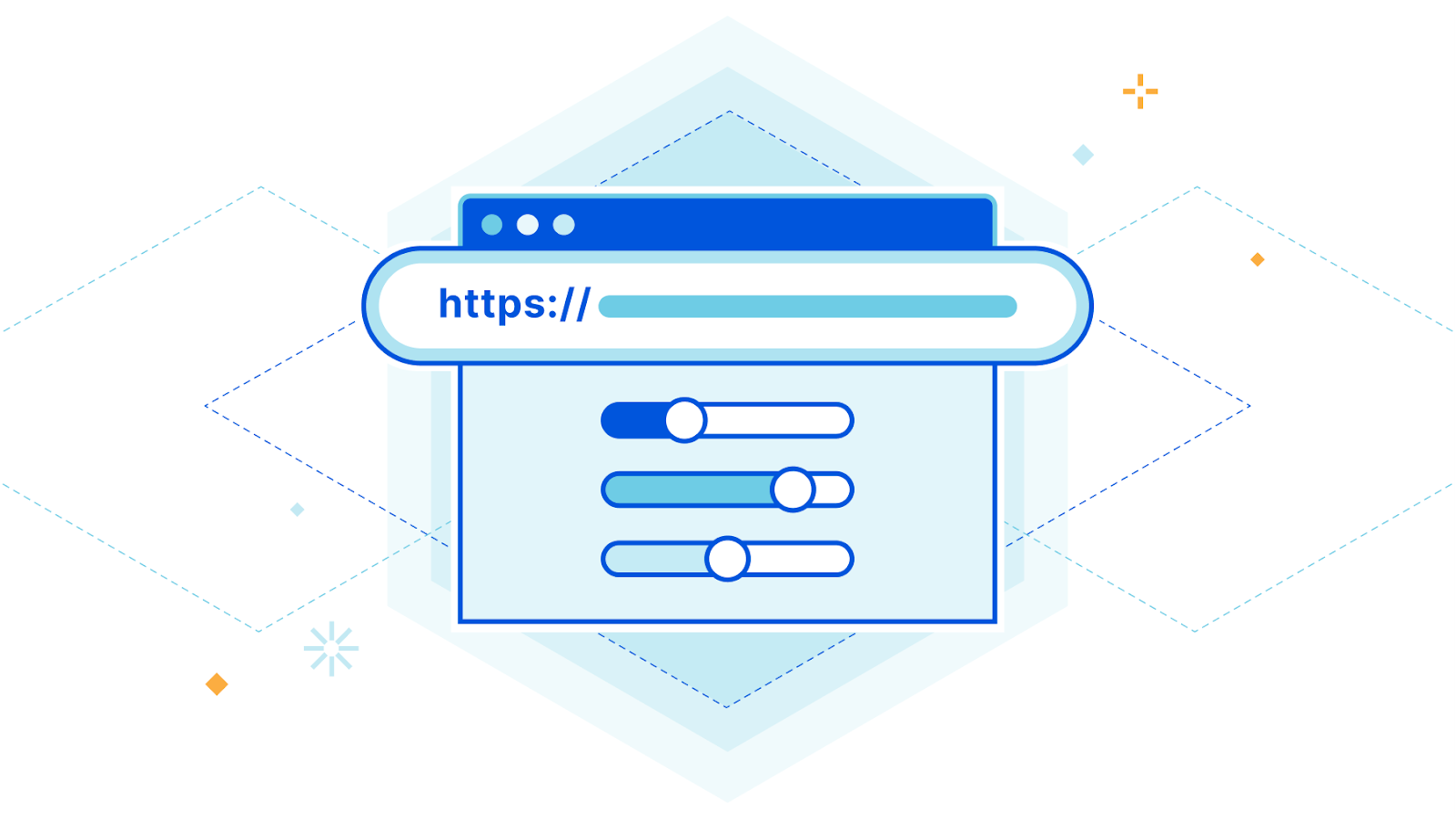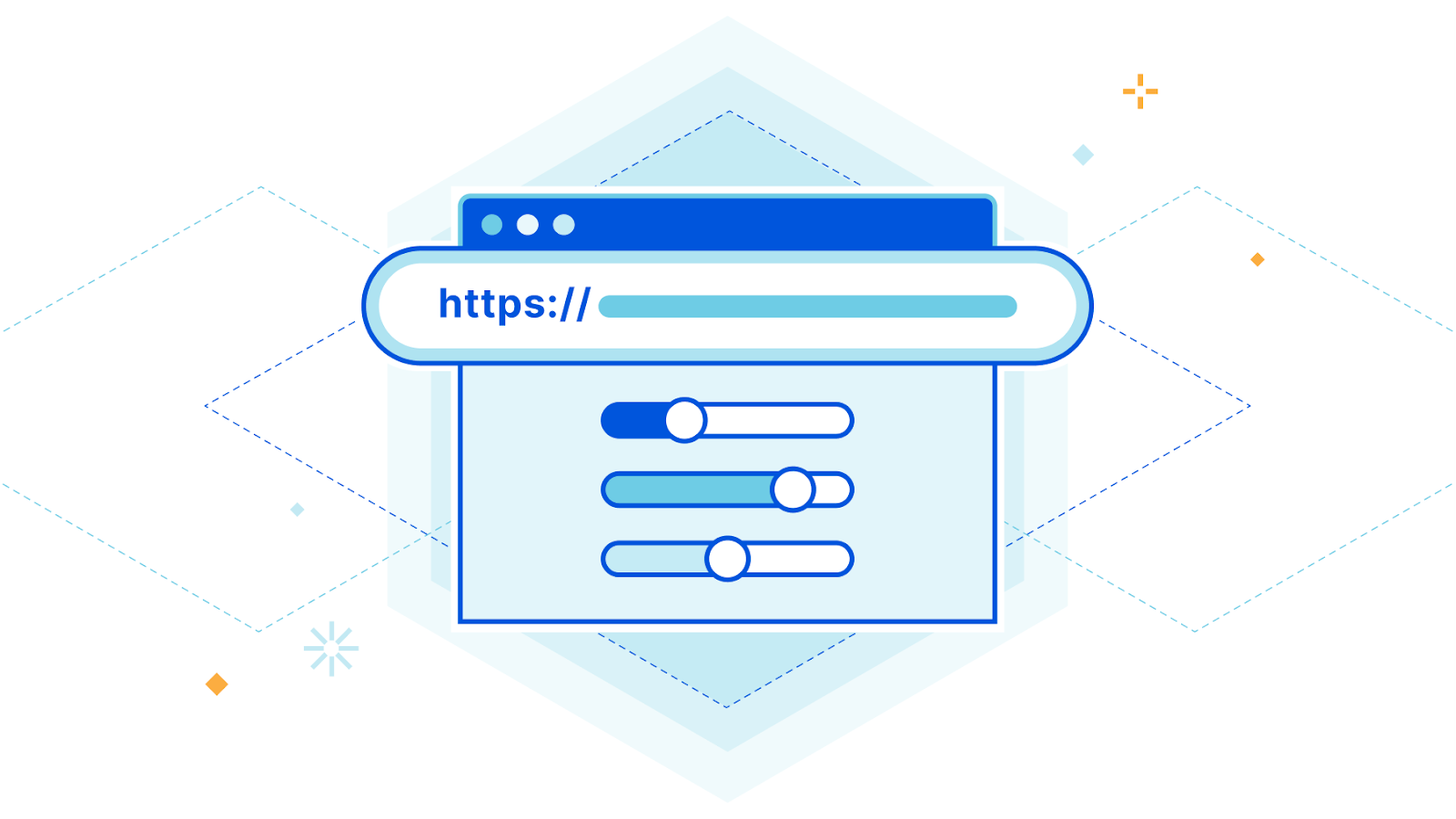Author Archives: Matt Bullock
Author Archives: Matt Bullock
On January 23, 2025, Cloudflare was notified via its Bug Bounty Program of a vulnerability in Cloudflare’s Mutual TLS (mTLS) implementation.
The vulnerability affected customers who were using mTLS and involved a flaw in our session resumption handling. Cloudflare’s investigation revealed no evidence that the vulnerability was being actively exploited. And tracked as CVE-2025-23419, Cloudflare mitigated the vulnerability within 32 hours after being notified. Customers who were using Cloudflare’s API shield in conjunction with WAF custom rules that validated the issuer's Subject Key Identifier (SKI) were not vulnerable. Access policies such as identity verification, IP address restrictions, and device posture assessments were also not vulnerable.
The bug bounty report detailed that a client with a valid mTLS certificate for one Cloudflare zone could use the same certificate to resume a TLS session with another Cloudflare zone using mTLS, without having to authenticate the certificate with the second zone.
Cloudflare customers can implement mTLS through Cloudflare API Shield with Custom Firewall Rules and the Cloudflare Zero Trust product suite. Cloudflare establishes the TLS session with the client and forwards the client certificate to Cloudflare’s Firewall or Zero Trust products, where customer policies are enforced.
mTLS operates Continue reading
As the Internet grows, so do the demands for speed and security. At Cloudflare, we’ve spent the last 14 years simplifying the adoption of the latest web technologies, ensuring that our users stay ahead without the complexity. From being the first to offer free SSL certificates through Universal SSL to quickly supporting innovations like TLS 1.3, IPv6, and HTTP/3, we've consistently made it easy for everyone to harness cutting-edge advancements.
One of the most exciting recent developments in web performance is Zstandard (zstd) — a new compression algorithm that we have found compresses data 42% faster than Brotli while maintaining almost the same compression levels. Not only that, but Zstandard reduces file sizes by 11.3% compared to GZIP, all while maintaining comparable speeds. As compression speed and efficiency directly impact latency, this is a game changer for improving user experiences across the web.
We’re also re-starting the rollout of Encrypted Client Hello (ECH), a new proposed standard that prevents networks from snooping on which websites a user is visiting. Encrypted Client Hello (ECH) is a successor to ESNI and masks the Server Name Indication (SNI) that is used to negotiate a TLS handshake. This Continue reading


We are thrilled to introduce Cloudflare Fonts! In the coming weeks sites that use Google Fonts will be able to effortlessly load their fonts from the site’s own domain rather than from Google. All at a click of a button. This enhances both privacy and performance. It enhances users' privacy by eliminating the need to load fonts from Google’s third-party servers. It boosts a site's performance by bringing fonts closer to end users, reducing the time spent on DNS lookups and TLS connections.
Sites that currently use Google Fonts will not need to self-host fonts or make complex code changes to benefit – Cloudflare Fonts streamlines the entire process, making it a breeze.
When you load fonts from Google, your website initiates a data exchange with Google's servers. This means that your visitors' browsers send requests directly to Google. Consequently, Google has the potential to accumulate a range of data, including IP addresses, user agents (formatted descriptions of the browser and operating system), the referer (the page on which the Google font is to be displayed) and how often each IP makes requests to Google. While Google states that they do not use this data for targeted Continue reading


Today, we are excited to announce Cloudflare Trace! Cloudflare Trace is available to all our customers. Cloudflare Trace enables you to understand how HTTP requests traverse your zone's configuration and what Cloudflare Rules are being applied to the request.
For many Cloudflare customers, the journey their customers' traffic embarks on through the Cloudflare ecosystem was a mysterious black box. It's a complex voyage, routed through various products, each capable of introducing modification to the request.
Consider this scenario: your web traffic could get blocked by WAF Custom Rules or Managed Rules (WAF); it might face rate limiting, or undergo modifications via Transform Rules, Where a Cloudflare account has many admins, modifying different things it can be akin to a game of "hit and hope," where the outcome of your web traffic's journey is uncertain as you are unsure how another admins rule will impact the request before or after yours. While Cloudflare's individual products are designed to be intuitive, their interoperation, or how they work together, hasn't always been as transparent as our customers need it to be. Cloudflare Trace changes this.
Cloudflare Trace allows users to set a number of request variables, allowing Continue reading

This post is also available in 简体中文, 日本語, Español and Deutsch.

Throughout Speed Week, we have talked about the importance of optimizing performance. Compression plays a crucial role by reducing file sizes transmitted over the Internet. Smaller file sizes lead to faster downloads, quicker website loading, and an improved user experience.
Take household cleaning products as a real world example. It is estimated “a typical bottle of cleaner is 90% water and less than 10% actual valuable ingredients”. Removing 90% of a typical 500ml bottle of household cleaner reduces the weight from 600g to 60g. This reduction means only a 60g parcel, with instructions to rehydrate on receipt, needs to be sent. Extrapolated into the gallons, this weight reduction soon becomes a huge shipping saving for businesses. Not to mention the environmental impact.
This is how compression works. The sender compresses the file to its smallest possible size, and then sends the smaller file with instructions on how to handle it when received. By reducing the size of the files sent, compression ensures the amount of bandwidth needed to send files over the Internet is a lot less. Where files are stored in expensive cloud providers like AWS Continue reading

Today we are excited to announce that Cloudflare Snippets is available in alpha. In the coming weeks we will be opening access to our waiting list.

Over the past two years we have released a number of new rules products such as Transform Rules, Cache Rules, Origin Rules, Config Rules and Redirect Rules. These new products give more control to customers on how we process their traffic as it flows through our global network. The feedback on these products so far has been overwhelmingly positive. However, our customers still occasionally need the ability to do more than the out-of-the-box functionality allows. Not just adding an HTTP header - but performing some advanced calculation to create the output.
For these cases, Cloudflare Snippets comes to the rescue. Snippets are small pieces of user created JavaScript that are run by Cloudflare before your website, API or application is served to the user. If you're familiar with Cloudflare Workers, our robust developer platform, then you'll find Snippets to be a familiar addition. For those who are not, Snippets are designed to be easily created, tested, and deployed. Providing you with the ability to deploy your custom JavaScript Snippet to Continue reading


Website performance is crucial to the success of online businesses. Study after study has shown that an increased load time directly affects sales. But how do you get test products that could improve your website speed without incurring an element of risk?
In today's digital landscape, it is easy to find code optimizations on the Internet including our own developers documentation to improve the performance of your website or web applications. However, implementing these changes without knowing the impact they’ll have can be daunting. It could also cause an outage, taking websites or applications offline entirely, leaving admins scrambling to remove the offending code and get the business back online.
Users need a way to see the impact of these improvements on their websites without impacting uptime. They want to understand “If I enabled this, what performance boost should I expect to get?”.
Today, we are excited to announce Performance Experiments in Cloudflare Observatory. Performance Experiments gives users a safe place to experiment and determine what the best setup is to improve their website performance before pushing it live for all visitors to benefit from. Cloudflare users will be able to simply enter the desired code, run our Continue reading

This post is also available in 简体中文, 日本語 and Español.

Website performance is crucial to the success of online businesses. Study after study has shown that an increased load time directly affects sales. In highly competitive markets the performance of a website is crucial for success. Just like a physical shop situated in a remote area faces challenges in attracting customers, a slow website encounters similar difficulties in attracting traffic. It is vital to measure and improve website performance to enhance user experience and maximize online engagement. Results from testing at home don’t take into account how your customers in different countries, on different devices, with different Internet connections experience your website.
Simply put, you might not know how your website is performing. And that could be costing your business money every single day.
Today we are excited to announce Cloudflare Observatory - the new home of performance at Cloudflare.

Cloudflare users can now easily monitor website performance using Real User Monitoring (RUM) data along with scheduled tests from different regions in a single dashboard. This will identify any performance issues your website may have. The best bit? Once we’ve identified any issues, Observatory will highlight customized recommendations Continue reading


In 2012, we introduced Page Rules to the world, announcing:
“Page Rules is a powerful new set of tools that allows you to control how CloudFlare works on your site on a page-by-page basis.”
Ten years later, and with all F’s lowercase, we are excited to introduce Configuration Rules — a Page Rules successor and a much improved way of controlling Cloudflare features and settings. With Configuration Rules, users can selectively turn on/off features which would typically be applied to every HTTP request going through the zone. They can do this based on URLs - and more, such as cookies or country of origin.
Configuration Rules opens up a wide range of use cases for our users that previously were impossible without writing custom code in a Cloudflare Worker. Such use cases as A/B testing configuration or only enabling features for a set of file extensions are now made possible thanks to the rich filtering capabilities of the product.
Configuration Rules are available for use immediately across all plan levels.
As each HTTP request enters a Cloudflare zone we apply a configuration. This configuration tells the Cloudflare Continue reading